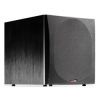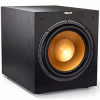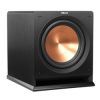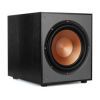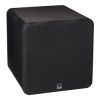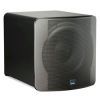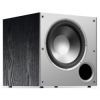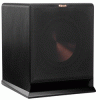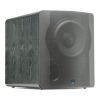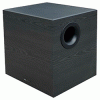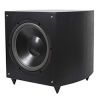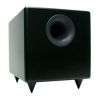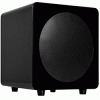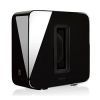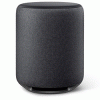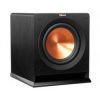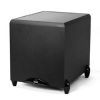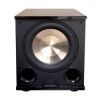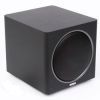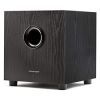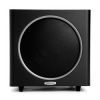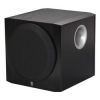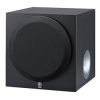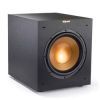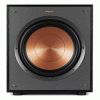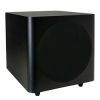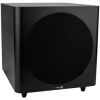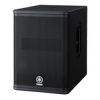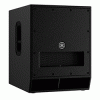-
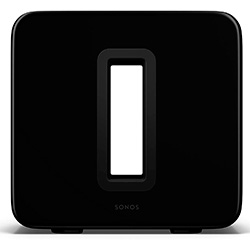
Sonos Sub Gen 3
- Sonos
- | 700
- 333
-
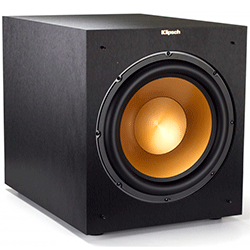
Klipsch R-12SWi
- Klipsch
- | 600
- 498
-
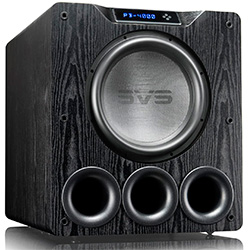
SVS PB-4000
- SVS
- | 1900
- 18
-
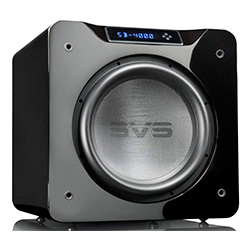
SVS SB-4000
- SVS
- | 1600
- 34
-
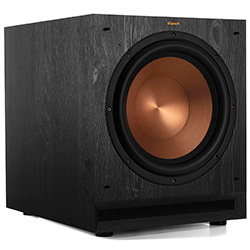
Klipsch SPL-120
- Klipsch
- | 700
- 73
-
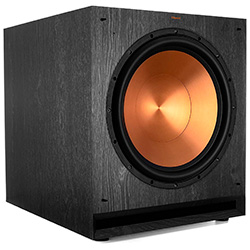
Klipsch SPL-150
- Klipsch
- | 1200
- 84
-
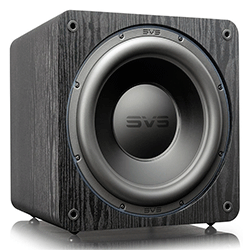
SVS SB-3000
- SVS
- | 1000
- 80
-

Klipsch R-100SW
- Klipsch
- | 400
- 1589
-
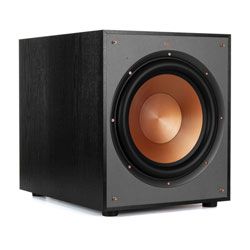
Klipsch R-120SW
- Klipsch
- | 500
- 1589
-

SVS SB-2000
- SVS
- | 700
- 208
-
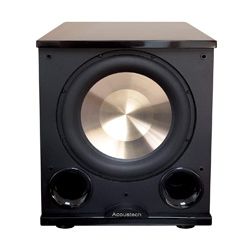 OUR CHOICE
OUR CHOICEBic Acoustech PL-200 II
- Bic Acoustech
- | 300
- 979
-
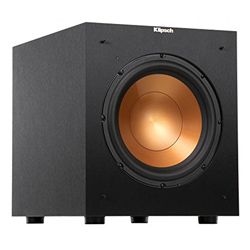 OUR CHOICE
OUR CHOICEKlipsch R-10SW
- Klipsch
- | 300
- 1142
-
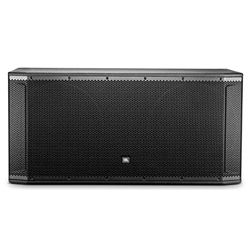 OUR CHOICE
OUR CHOICEJBL SRX828SP
- JBL
- | 1900
- 23
-
 OUR CHOICE
OUR CHOICEBIC America F12
- BIC America
- | 300
- 1980
-
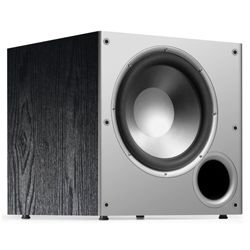 OUR CHOICE
OUR CHOICEPolk Audio PSW10
- Polk Audio
- | 200
- 9215
-

Samsung SWA-W500
- Samsung
- | 300
- 8
-
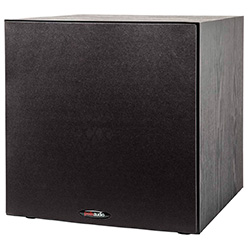
Polk Audio PSW108
- Polk Audio
- | 200
- 90
-
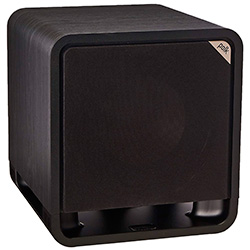
Polk Audio HTS 10
- Polk Audio
- | 400
- 253
-
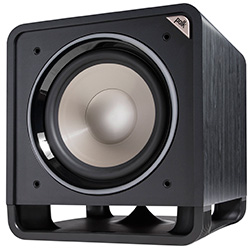
Polk Audio HTS 12
- Polk Audio
- | 500
- 359
-
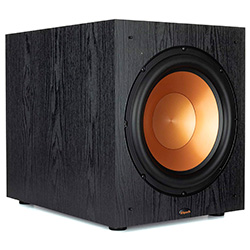
Klipsch Synergy Black Label Sub-120
- Klipsch
- | 400
- 37
-
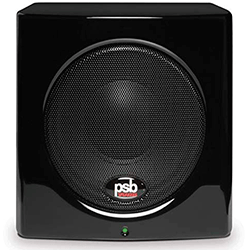
PSB SubSeries 100 GLSB
- PSB
- | 300
- 40
-
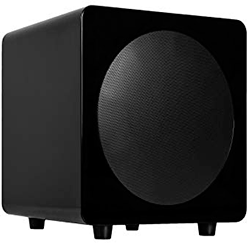
Kanto sub8
- Kanto
- | 300
- 101
-

Monoprice 5.1
- Monoprice
- | 100
- 594
-
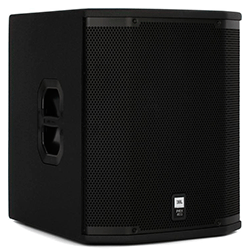
JBL PRX418S
- JBL
- | 800
- 30
-
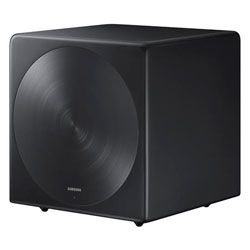
Samsung SWA-W700
- Samsung
- | 300
- 345
-
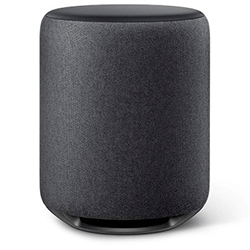
Amazon Echo Sub
- Amazon
- | 200
- 9289
-

Sony SACS9
- Sony
- | 200
- 565
-
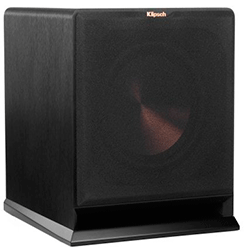
Klipsch R-110SW
- Klipsch
- | 300
- 90
-

JBL PRX815XLFW
- JBL
- | 1000
- 30
-
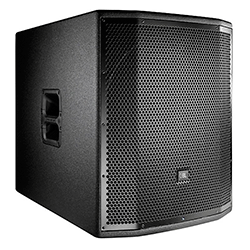
JBL PRX818XLFW
- JBL
- | 1700
- 38
-
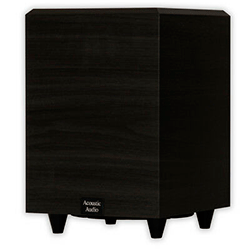
Acoustic Audio PSW-12
- Acoustic Audio
- | 200
- 1130
-
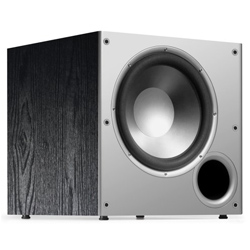
Acoustic Audio PSW-10
- Acoustic Audio
- | 200
- 1130
-
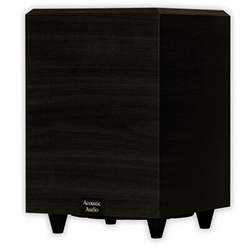
Acoustic Audio PSW-8
- Acoustic Audio
- | 200
- 1130
-
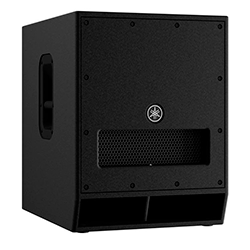
Yamaha DXS15 MKII
- Yamaha
- | 900
- 7
-
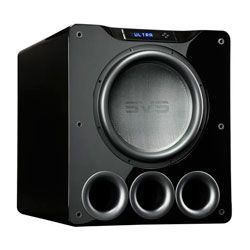
SVS PB16-Ultra
- SVS
- | 2500
- 33
-
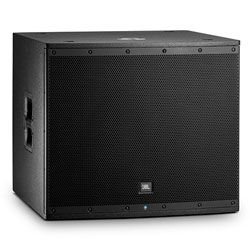
JBL EON618S
- JBL
- | 1000
- 79
-

Dayton Audio SUB-1500
- Dayton Audio
- | 300
- 99
-
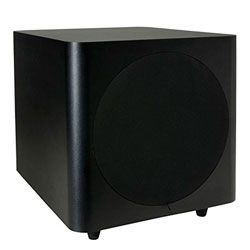
Dayton Audio SUB-800
- Dayton Audio
- | 200
- 106
-

Audioengine S8
- Audioengine
- | 400
- 267
-
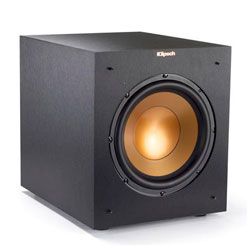
Klipsch Reference R-10SWi
- Klipsch Reference
- | 300
- 281
-
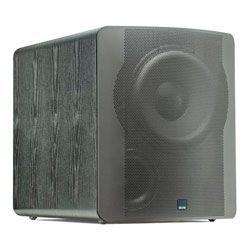
SVS PB-2000
- SVS
- | 600
- 161
-
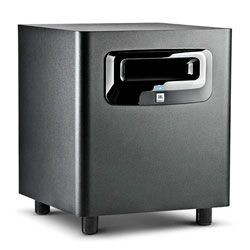
JBL LSR310S
- JBL
- | 400
- 263
-
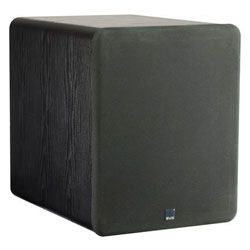
SVS PB-1000
- SVS
- | 500
- 241
-
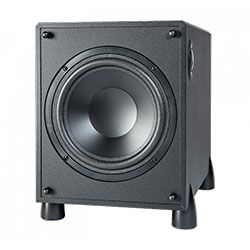 OUR CHOICE
OUR CHOICEDefinitive Technology ProSub 1000
- Definitive Technology
- | 500
- 95
-
 OUR CHOICE
OUR CHOICEAcoustic Audio PSW-6
- Acoustic Audio
- | 100
- 1130
-
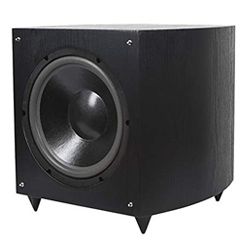 OUR CHOICE
OUR CHOICEMonoprice 9723
- Monoprice
- | 200
- 184
-
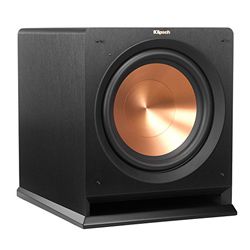 OUR CHOICE
OUR CHOICEKlipsch R-112SW
- Klipsch
- | 400
- 331
-
 OUR CHOICE
OUR CHOICEDayton Audio SUB-1200
- Dayton Audio
- | 200
- 184
-
 OUR CHOICE
OUR CHOICEDayton Audio SUB-1000L
- Dayton Audio
- | 200
- 40
-
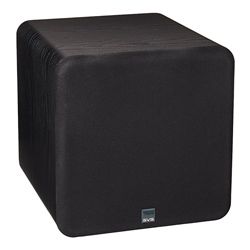 OUR CHOICE
OUR CHOICESVS SB-1000
- SVS
- | 500
- 189
-
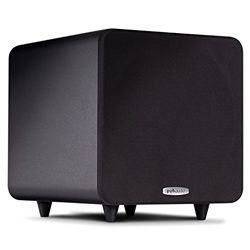 OUR CHOICE
OUR CHOICEPolk Audio PSW111
- Polk Audio
- | 300
- 463
-
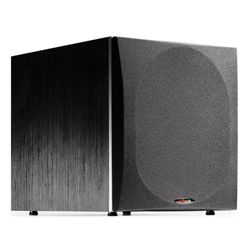 OUR CHOICE
OUR CHOICEPolk Audio PSW505
- Polk Audio
- | 300
- 2983
-
 OUR CHOICE
OUR CHOICESonos SUB
- Sonos
- 1660
-

MartinLogan Dynamo 300
- MartinLogan
- 356
-
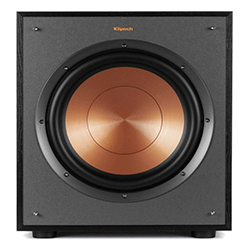
Klipsch K100-SW
- Klipsch
- 215
-
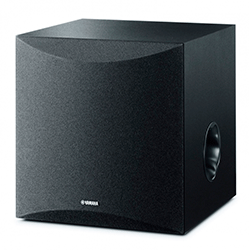
Yamaha NS-SW050
- Yamaha
- 685
-
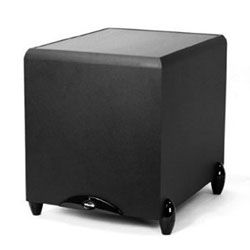
Klipsch Sub-12HG
- Klipsch
- 580
-
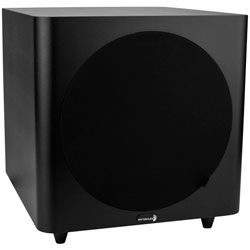
Dayton Audio SUB-1000
- Dayton Audio
- 183
-
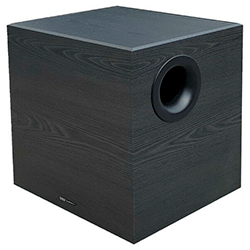
BIC V1020
- BIC
- 99
-
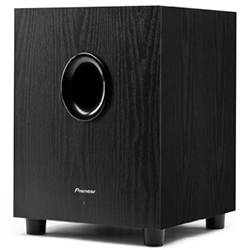
Pioneer SW-8
- Pioneer
- 95
-
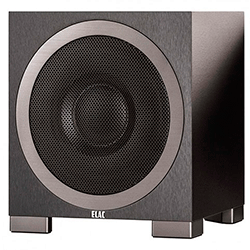
Elac S10EQ
- Elac
- 44
-

Polk Audio PSW125
- Polk Audio
- 188
-
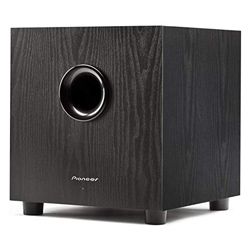 OUR CHOICE
OUR CHOICEPioneer SW-8MK2
- Pioneer
- 716
-
 OLD MODEL
OLD MODELSonos Sub Gen 3
- Sonos
- 333
-
 OLD MODEL
OLD MODELKlipsch R-12SWi
- Klipsch
- 498
-
 OLD MODEL
OLD MODELSVS PB-4000
- SVS
- 18
-
 OLD MODEL
OLD MODELSVS SB-4000
- SVS
- 34
-
 OLD MODEL
OLD MODELKlipsch SPL-120
- Klipsch
- 73
-
 OLD MODEL
OLD MODELKlipsch SPL-150
- Klipsch
- 84
-
 OLD MODEL
OLD MODELSVS SB-3000
- SVS
- 80
-
 OLD MODEL
OLD MODELKlipsch R-100SW
- Klipsch
- 1589
-
 OLD MODEL
OLD MODELKlipsch R-120SW
- Klipsch
- 1589
-
 OLD MODEL
OLD MODELSVS SB-2000
- SVS
- 208
-
 OLD MODEL
OLD MODELBic Acoustech PL-200 II
- Bic Acoustech
- 979
-
 OLD MODEL
OLD MODELKlipsch R-10SW
- Klipsch
- 1142
-
 OLD MODEL
OLD MODELJBL SRX828SP
- JBL
- 23
-
 OLD MODEL
OLD MODELBIC America F12
- BIC America
- 1980
-
 OLD MODEL
OLD MODELPolk Audio PSW10
- Polk Audio
- 9215
-
 OLD MODEL
OLD MODELSamsung SWA-W500
- Samsung
- 8
-
 OLD MODEL
OLD MODELPolk Audio PSW108
- Polk Audio
- 90
-
 OLD MODEL
OLD MODELPolk Audio HTS 10
- Polk Audio
- 253
-
 OLD MODEL
OLD MODELPolk Audio HTS 12
- Polk Audio
- 359
-
 OLD MODEL
OLD MODELKlipsch Synergy Black Label Sub-120
- Klipsch
- 37
-
 OLD MODEL
OLD MODELPSB SubSeries 100 GLSB
- PSB
- 40
-
 OLD MODEL
OLD MODELKanto sub8
- Kanto
- 101
-
 OLD MODEL
OLD MODELMonoprice 5.1
- Monoprice
- 594
-
 OLD MODEL
OLD MODELJBL PRX418S
- JBL
- 30
-
 OLD MODEL
OLD MODELSamsung SWA-W700
- Samsung
- 345
-
 OLD MODEL
OLD MODELAmazon Echo Sub
- Amazon
- 9289
-
 OLD MODEL
OLD MODELSony SACS9
- Sony
- 565
-
 OLD MODEL
OLD MODELKlipsch R-110SW
- Klipsch
- 90
-
 OLD MODEL
OLD MODELJBL PRX815XLFW
- JBL
- 30
-
 OLD MODEL
OLD MODELJBL PRX818XLFW
- JBL
- 38
-
 OLD MODEL
OLD MODELAcoustic Audio PSW-12
- Acoustic Audio
- 1130
-
 OLD MODEL
OLD MODELAcoustic Audio PSW-10
- Acoustic Audio
- 1130
-
 OLD MODEL
OLD MODELAcoustic Audio PSW-8
- Acoustic Audio
- 1130
-
 OLD MODEL
OLD MODELYamaha DXS15 MKII
- Yamaha
- 7
-
 OLD MODEL
OLD MODELSVS PB16-Ultra
- SVS
- 33
-
 OLD MODEL
OLD MODELJBL EON618S
- JBL
- 79
-
 OLD MODEL
OLD MODELDayton Audio SUB-1500
- Dayton Audio
- 99
-
 OLD MODEL
OLD MODELDayton Audio SUB-800
- Dayton Audio
- 106
-
 OLD MODEL
OLD MODELAudioengine S8
- Audioengine
- 267
-
 OLD MODEL
OLD MODELKlipsch Reference R-10SWi
- Klipsch Reference
- 281
-
 OLD MODEL
OLD MODELSVS PB-2000
- SVS
- 161
-
 OLD MODEL
OLD MODELJBL LSR310S
- JBL
- 263
-
 OLD MODEL
OLD MODELSVS PB-1000
- SVS
- 241
-
 OLD MODEL
OLD MODELDefinitive Technology ProSub 1000
- Definitive Technology
- 95
-
 OLD MODEL
OLD MODELAcoustic Audio PSW-6
- Acoustic Audio
- 1130
-
 OLD MODEL
OLD MODELMonoprice 9723
- Monoprice
- 184
-
 OLD MODEL
OLD MODELKlipsch R-112SW
- Klipsch
- 331
-
 OLD MODEL
OLD MODELDayton Audio SUB-1200
- Dayton Audio
- 184
-
 OLD MODEL
OLD MODELDayton Audio SUB-1000L
- Dayton Audio
- 40
-
 OLD MODEL
OLD MODELSVS SB-1000
- SVS
- 189
-
 OLD MODEL
OLD MODELPolk Audio PSW111
- Polk Audio
- 463
-
 OLD MODEL
OLD MODELPolk Audio PSW505
- Polk Audio
- 2983
-
 OLD MODEL
OLD MODELSonos SUB
- Sonos
- 1660
-
 OLD MODEL
OLD MODELMartinLogan Dynamo 300
- MartinLogan
- 356
-
 OLD MODEL
OLD MODELKlipsch K100-SW
- Klipsch
- 215
-
 OLD MODEL
OLD MODELYamaha NS-SW050
- Yamaha
- 685
-
 OLD MODEL
OLD MODELKlipsch Sub-12HG
- Klipsch
- 580
-
 OLD MODEL
OLD MODELDayton Audio SUB-1000
- Dayton Audio
- 183
-
 OLD MODEL
OLD MODELKlipsch R-115SW
- Klipsch
- 150
-
 OLD MODEL
OLD MODELBIC V1020
- BIC
- 99
-
 OLD MODEL
OLD MODELPioneer SW-8
- Pioneer
- 95
-
 OLD MODEL
OLD MODELElac S10EQ
- Elac
- 44
-
 OLD MODEL
OLD MODELPolk Audio PSW125
- Polk Audio
- 188
-
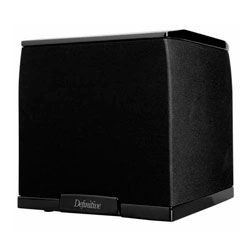 OLD MODEL
OLD MODELDefinitive Technology Supercube 2000
- Definitive Technology
- 53
-
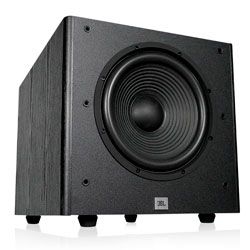 OLD MODEL
OLD MODELJBL Arena Sub 100P
- JBL
- 115
-
 OLD MODEL
OLD MODELPolk Audio PSW110
- Polk Audio
- 215
-
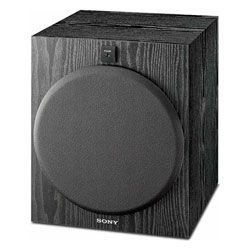 OLD MODEL
OLD MODELSony SA-W2500
- Sony
- 64
-
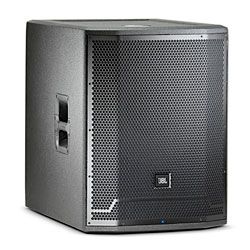 OLD MODEL
OLD MODELJBL PRX718XLF
- JBL
- 25
-
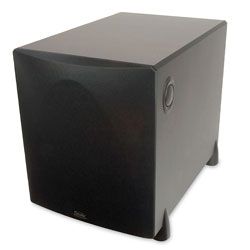 OLD MODEL
OLD MODELDefinitive Technology ProSub 800
- Definitive Technology
- 86
-
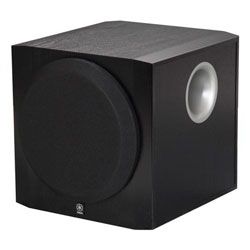 OLD MODEL
OLD MODELYamaha YST-SW216
- Yamaha
- 381
-
 OLD MODEL
OLD MODELPioneer SW-8MK2
- Pioneer
- 716
-
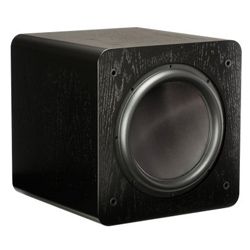 OLD MODEL
OLD MODELSVS SB13-Ultra
- SVS
- 33
-
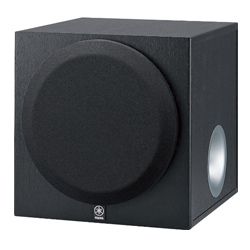 OLD MODEL
OLD MODELYamaha YST-SW012
- Yamaha
- 764
-
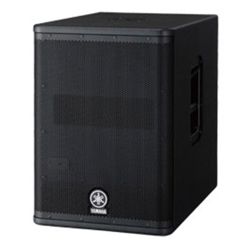 OLD MODEL
OLD MODELYamaha DXS12
- Yamaha
- 7
How to choose subwoofer
This page is intended for the subwoofer comparison. It means that here you can compare home subwoofers and choose the best one. No more hesitations, just add models you are looking at, and you’ll see a comprehensive home subwoofer comparisons.
Moreover, on this page, you can find everything you need to know about each model. img
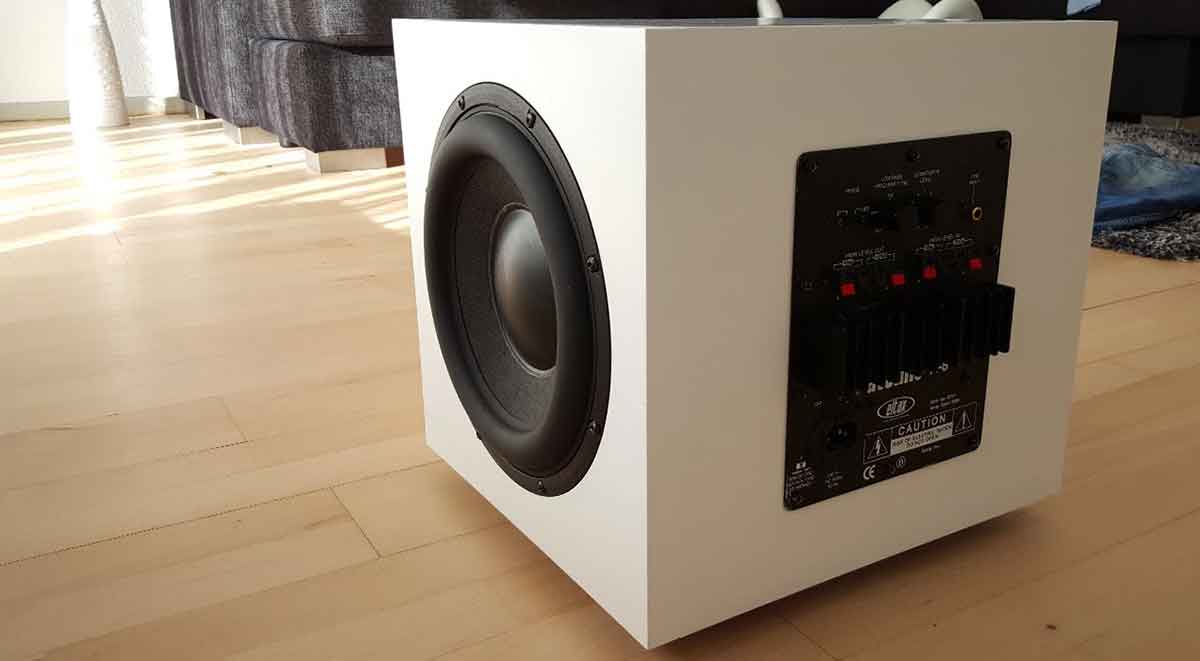
What is a subwoofer?
A subwoofer is an acoustic system that reproduces frequencies below the standard low-frequency range. If we are talking about a device with a speaker of 5-6 inches caliber, which hardly overcomes the border, at 50 Hz, then this is not a subwoofer, but a low-frequency emitter in a separate case. Such options also have the right to life, but to call them subwoofers is at least naive.
A subwoofer is a speaker with a diameter of 8-15 inches, equipped with a housing, amplifier, and related electronics.
Passive vs powered subwoofers
There are powered and passive subwoofers. The first type includes models equipped with a built-in amplifier. Their advantage is the unloading of the main home theater amplifier. In this case, the subwoofer needs an additional connection to the power supply.
The second type includes models that need to be connected to an external amplifier. There are several options for connecting a passive subwoofer. When the amplifier feeds the signal to the main speakers and the subwoofer at the same time, the broadband output signal is transmitted to the input of the subwoofer. In this case, an additional separation filter (crossover) is used, which separates high and low frequencies and produces filtered signals to the destination (low-frequency - to the sub, high- and mid-frequency to the main speakers).
Passive subwoofers have a number of disadvantages, as a result of which their cost is lower than that of active ones. A serious drawback is considered, for example, the need to accurately link the subwoofer with the available speaker system. This is a very complex process. You can connect a subwoofer using a separate power amplifier and an electronic separation filter. Such a connection will reduce non-linear distortion due to the fact that the signal is separated according to a special scheme. And besides, the main amplifier is freed from the increased load.
Recently, almost all active subwoofers have the ability to adjust the separation frequency, so when using this model, the procedure for matching the main components of the system becomes much simpler. As a disadvantage, the rather high cost of active subwoofers can be noted. Despite this, when choosing, we advise you to take a closer look at active ones that have an internal amplifier.
Wireless vs wired subwoofers
Most home theaters or Hi-Fi subwoofers have a wired connection, while many have fully wireless soundbars. To compare subwoofers side by side, let’s notice that the advantage of wireless subwoofers is that they do not require tuning. They will already be subordinate to the central device, and all you need to do, in most cases, is to connect them. The intersection point is already set, so they eliminate the difficulties in the initial setup. Of course, you need to decide where to put them, and they must be plugged into an outlet.
The disadvantage is that in almost all cases, they do not sound as good as wired subwoofers. This is not a universal rule, and the private wireless network in which they operate is certainly capable of transmitting a good low level, but we almost always prefer wired models. This is not a decision we can make for you. The only thing we can say is that if you intend to use the 5.1 or 7.1 sound system, we strongly recommend using a fully-wired subwoofer, although there are always exceptions.
Front-firing vs down-firing subwoofers
Front-firing and down-firing: anyone who looks at the subwoofer descriptions will eventually get this difference. So how to choose a subwoofer depending on these criteria? The difference is in the driver's direction: if the driver of the subwoofer is directed down to the floor, this is called a down-firing subwoofer. If the driver transmits sound through the front of the cabinet, it is front-firing.
Ported vs sealed subwoofers
Ported subwoofers have one or more openings for free movement of air. Simply put: sealed subwoofers sacrifice low overall volume and presence for a denser, more controlled sound, while ported subwoofers can pump out huge volume due to a little clarity. Generally speaking, larger and more expensive subwoofers are generally ported, while smaller and cheaper ones are not.
Driver size explained
Generally speaking, subwoofers are boxes that barely fit under the end table. Inside is a fairly large driver (the part that makes noise) and usually the amplifier that powers it. For best results, our subwoofer buying guide suggests that the driver should have a seat in the closet behind it. Therefore, ideally, a 12-inch driver will have a decent box, and an 8-inch driver will have a smaller one.
The problem is that the bass waves are really long, so the driver has to work hard to create these waves in volumes that you can hear. One way to do this is to use a larger driver - 12 inches is the usual size, but you can find 15-inch models. Some models are equipped with several drivers. No, two 6-inch drivers cannot compare with one 12-inch, but they will almost always work better than one 6-inch.
Another way is with great power. As the size of the driver and the cabinet decreases, the power must increase to compensate for this. Thus, in theory, an 8-inch subwoofer in a small box could sound like a 12-inch subwoofer in a large box if it has significantly more power.
Wattage explained
This parameter is specified for passive subwoofers. In active ones, instead of it, just power (RMS / DIN) or low-power amplification (RMS / sub-RMS / low-out RMS) is used.
Power rating is an approximate guide to the volume of the subwoofer, but it should not be louder. You always control the volume. In fact, a 1000-watt subwoofer may sound better at “normal” volume in a room than a 100-watt subwoofer.
Frequency response explained
The frequency range of most subwoofers is from 30 Hz to 150 Hz. Rare devices can reproduce 20 Hz, the sounds below are already infrasound, which most people don’t perceive. Sometimes three sub-bands are conditionally distinguished - deep (from 20 to 40 Hz), medium (from 40 to 80), and high (from 80 to 150 Hz). Interestingly, for more expensive models, a narrower range of up to 80-90 Hz is characteristic, because higher sounds are already capable of reproducing good “speaker chants” (satellites). In some budget cases, the upper limit of the frequency range can be 160-180 Hz and higher (and there is nothing good in this because, at these frequencies, the subwoofer will already be knocked out against the background of the sound of the stereo system as a whole).
Subwoofer crossover explained
Crossover is the frequency at which the speakers begin to decline, and the subwoofer starts to output bass notes and LFE. Most modern systems have an equalizer function that automatically adjusts the desired crossover depending on the characteristics of your speakers.
Popular subwoofer comparisons
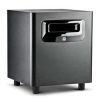
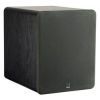
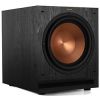

Recent reviews
